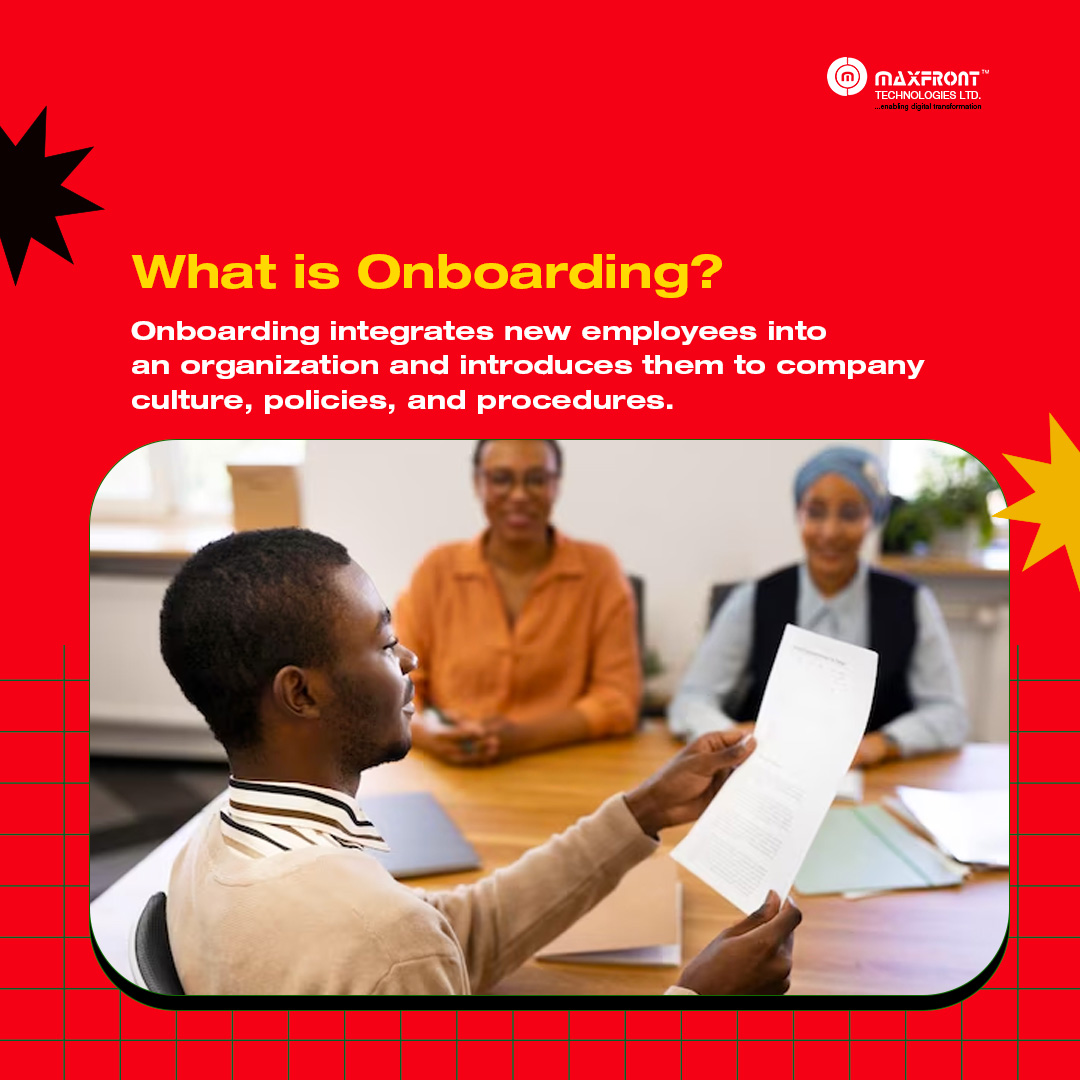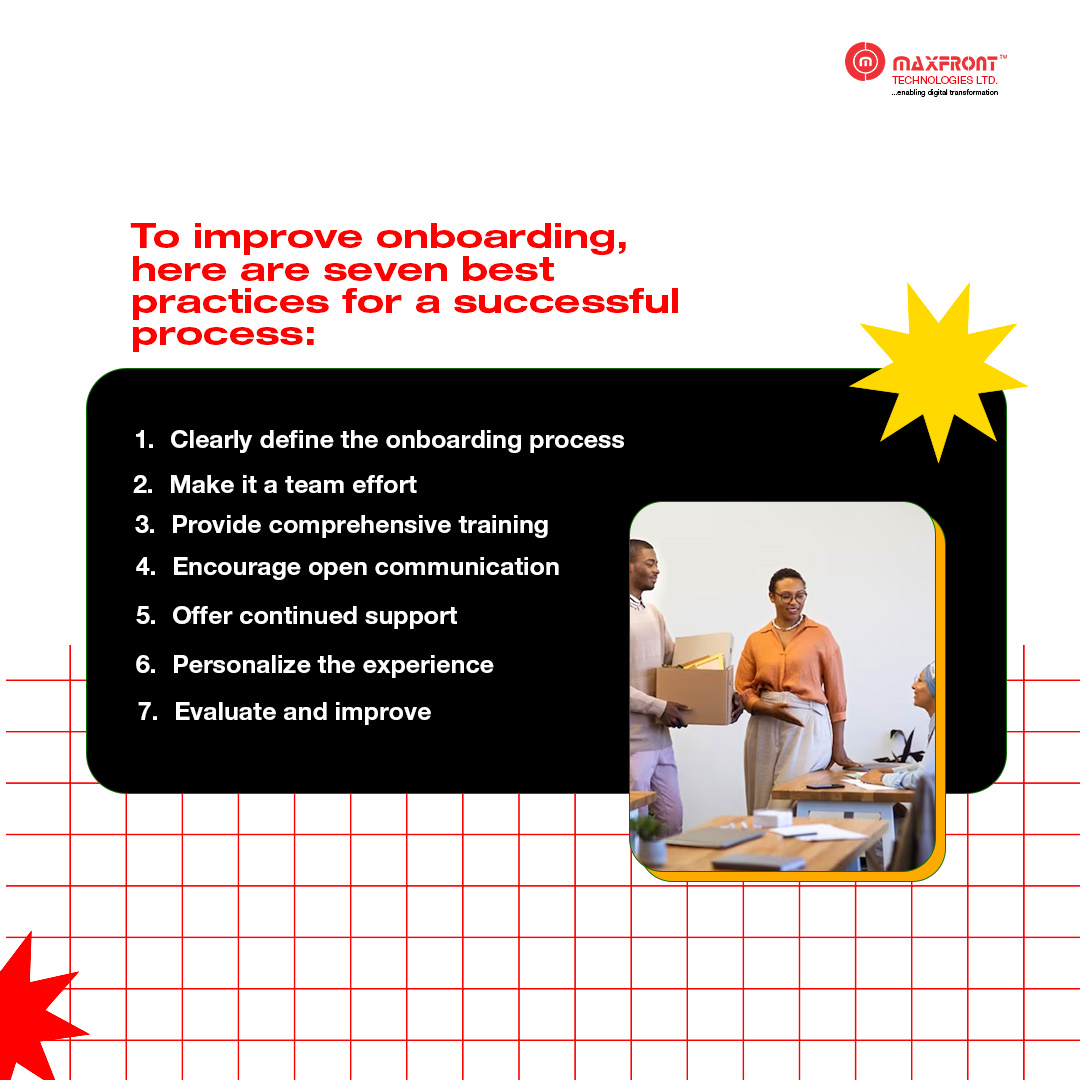What Is Onboarding?
Getting new hires acquainted with existing employees helps them identify the go-to people for work-related needs. Onboarding integrates new employees into an organization and introduces them to company culture, policies, and procedures. Onboarding is an important step in incorporating recruits and giving them an excellent start to their career.

Companies invest so much in finding and recruiting the right employees, which can positively impact their branding, reputation, and quality of work and engagement. New hires are often left to fend for themselves at their new jobs, often facing challenges such as figuring out the internet password and coffee grounds.
First impressions are important, as nearly one-third of new hires quit within six months of starting their job due to a lack of onboarding. One in ten people, or (9%), say they left a job because of a bad onboarding experience, according to a survey by Silkroad Technology and CareerBuilder.
An onboarding plan helps create engaged employees who can improve the company’s productivity, culture, and organizational success. It also helps employers retain employees, although it can be expensive.
Who does onboarding?
Onboarding is done by the employer, HR staff, or supervisor, and peer mentors can help ease the learning process. Everyone in the organization will participate in onboarding by introducing the new hire to various aspects of the company. Employee engagement is vital.
Why is a successful onboarding process crucial, even though this procedure takes some time?
- The purpose of onboarding is to orient new hires to their position, the company’s values, and its benefits.
- The right onboarding experience can increase productivity, more accessible talent attraction, and retention, and create a healthier company culture.
- Managers can use onboarding to cultivate teamwork, mentorship, and leadership, connecting employees emotionally and personally.
- A well-planned onboarding program is an investment with a high ROI, resulting in a successful employee experience and an excellent employer brand.
- Employers train new hires for several months during onboarding to familiarize them with the business and their roles.
- Onboarding keeps managers accessible and accountable, and periodic check-ins build rapport and provide feedback.
- Additionally, it motivates workers to be dedicated to the business’s success and helps with employee retention by fostering a sense of belonging among new hires.
The onboarding process at your company should be mutually beneficial to create a relationship between the new hires and the company. Investing in effective onboarding procedures can save money by retaining 50% more new hires than they would otherwise.
To improve onboarding, here are seven best practices for a successful process:

- Clearly define the onboarding process:
Develop a step-by-step plan that outlines the activities and expectations for each stage of the onboarding process.
- Make it a team effort:
Assign a mentor or buddy to the new employee, and involve other team members in the onboarding process to help build relationships and facilitate integration into the company culture.
- Provide comprehensive training:
Provide the new employee with comprehensive training on company policies, procedures, and job-specific skills. This can include online training modules, in-person training sessions, and shadowing experienced employees.
- Encourage open communication:
Encourage new employees to ask questions and provide feedback throughout the onboarding process. Create a supportive and open environment where they feel comfortable expressing their concerns or needs.
- Offer continued support:
The onboarding process continues after the first few weeks on the job. Provide ongoing support and opportunities for professional development to help the new employee continue to thrive and succeed in their role.
- Personalize the experience:
Customize the onboarding experience to meet each new employee’s specific needs and background. This could include different training programs, resources, or even physical workspaces.
- Evaluate and improve:
Continuously evaluate and improve the onboarding process based on feedback from new employees and HR managers. It can help ensure that the process remains relevant and effective over time.
These best practices can create a positive and productive onboarding experience for new employees and help them hit the ground running in their new roles.
Pre-boarding training modules should include a welcome message, company and department directory, workstation location, a primer on workflow, portfolio, forms, and paperwork. Over-training and under-training can leave employees vulnerable and unsure of their place in the organization. Creating an environment where new hires learn by failing is beneficial, and feedback can be positive reinforcement.
Conclusion
When a company onboards new hires, it helps them adjust to their new role by offering training and information which enables them to comprehend their responsibilities, the demands of their employer, and the business culture with greater speed.

This is a crucial period for a new employee; only a few managers can onboard their staff manually and efficiently. The best employee onboarding software should be implemented by time-constrained managers so that new hires can start contributing to the team right away.
It’s best to check in with new hires to understand their learning, support them, and encourage them to share ideas that can strengthen the business. Partner your new hire with a successful, seasoned employee to help them acclimate, and include the whole team in onboarding. Connect new hires to the bigger picture by providing training modules that connect their workflow and department to organizational goals, objectives, and values and ask for feedback to improve onboarding.